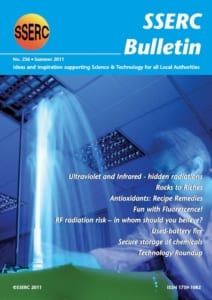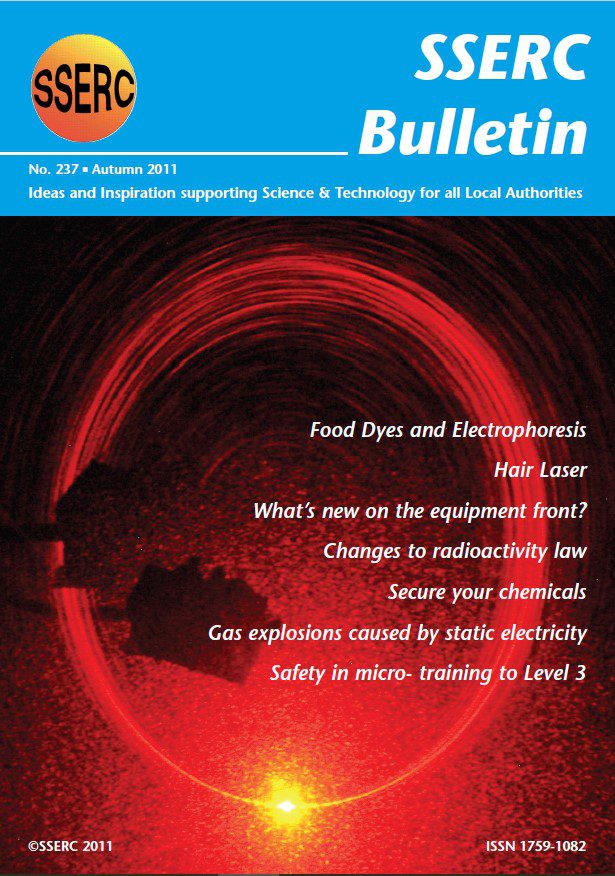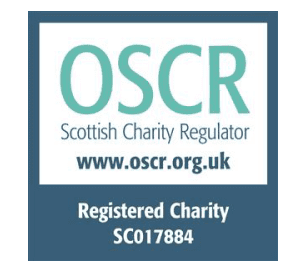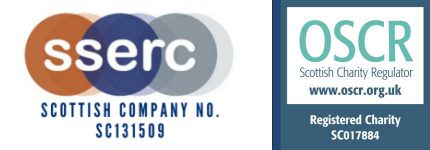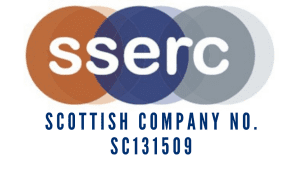Obituary of our Technician colleague, Anne Adams
In a recent publication [we explored how Cabomba might be used as a reliable alternative to Elodea and we wish to extend these observations in the experiments described here. In the experiments that follow (described in more detail in a related publication) we present an experimental set-up which provides a stimulating way of engaging students and we contend that this will lead to greater understanding that plants respire continuously and of the effect of light intensity on the rate of photosynthesis.
Climate change … are plants the answer?
Sixty percent of the photosynthesis on our planet is carried out by a huge variety of water-dwelling plant species. Of these, phytoplankton, which make up less than one percent of the planet’s biomass, contribute about fifty percent of its photosynthesis. Vast populations of ocean dwelling phytoplankton (comprising a diverse group of microscopic algae, photo- synthesising bacteria, cyanobacteria, plant-like diatoms and calcium carbonate-coated coccolithophores) have recently been of interest to climate scientists.
By definition, a saw kerf is the width of a saw cut, the kerf being wider than the saw blade due to the set of the saw teeth. We are aware of the size of a circular saw kerf, usually around 3 mm material removed for each saw cut, we make allowances for this dimension. When we cut with saws, we cut on the waste side of ‘the line’ to ensure correct dimensions after sawing. But what about the size of a laser cut kerf, it is usually assumed to be so small that it doesn’t matter, but can we really make this assumption? Laser cutting say a 50 mm square from CAD software, does it really produce a product 50 mm square? What about the laser kerf width, is it a constant? Does it matter if the square is cut externally or internally?
Quantum Tunnelling Composite (QTC) was first produced in 1996 and has proved to be a very versatile pressure sensor as its resistance changes from the order of 1012 Ω to 1 Ω when pressure is applied. It can be directly interfaced to electrical and electronic devices.
Ultraviolet & infrared – the hidden radiations
A guide to practical work on the two hidden parts of optical radiation – ultraviolet and infrared – has been placed on the SSERC website. This article gives an overview of its contents
We outline here a practical activity that uses simple colorimetric analysis, to determine the percentage of copper in a simulated mineral-rich ore. This activity considers how market demands determine the economic viability of extracting the copper and how by simple electrolysis the copper is refined in order for it to be used in everyday products.
Since the article in Bulletin 232, there has been an increase in the number of enquiries for Advanced Higher projects concerning antioxidants. Here are some possible solutions to some common problems.
We are all probably familiar with materials which fluoresce. In this article we discuss some examples of fluorescence and how these can be explored in a classroom context. It is useful to consider what we mean by the term fluorescence and a useful starting definition is ‘The emission of light by a substance that has absorbed light or other electromagnetic radiation of a different wavelength’. With very few exceptions, the fluorescence emitted by a substance is at a longer wavelength than the light which has been absorbed.
Whether using CAD or working with a pencil in the workshop, the following formulae take the guesswork out of arc cut-outs on designed products. How often do we cut an arc into materials using two end points at an edge? The use of paint tin lids springs to mind, carefully drawing around it, with little thought of ‘radius’ or ‘height’ of the arc into the material.
Health & Safety
RF Radiation Risk – who to believe?
The BioInitiative Working Group asserted that adverse health effects have been demonstrated from exposure to radiofrequency (RF) fields at levels below current guidelines. “The entire basis for safety standards is called into question, and it is not unreasonable to question the safety of RF [energy] at any level.”
The Home Office is in the process of setting up a programme called Secure Your Chemicals, aimed at ensuring all holders and users of particular hazardous chemicals have effective systems to manage and monitor their stock. This applies to schools as well as industries and SSERC (together with CLEAPSS in England), is working with the Home Office to produce some appropriate guidance. This guidance is likely to confirm existing SSERC advice and should not, therefore, present any issues to well-run science and D&T departments.
We have had a report of a fire in a used-battery recycling container in the stores of a government laboratory. The fire was put out using fire fighting appliances before the fire service arrived on site, but things would have been worse if the incident had happened outside of working hours.
Safe Use of Woodworking Machinery – ACOP
Up until now, the Safe use of wood-working machinery, ‘Approved Code of Practice and Guidance’ (ACOP) has only been available to buy as a book from the HSE (Health and Safety Executive). This ACOP was prepared by the Health and Safety Executive (HSE) after consultation with industry. The advice given in the Approved Code of Practice (ACOP) and guidance reflects the precautions that are widely accepted and used to reduce risks from woodworking machinery.
Over the past few months members of the Biology Team within SSERC have received a number of enquiries indicating that the experiment has failed to work effectively. Here we wish to report our suggestions as to how one might overcome such problems.
We pass on details of a rather attractive diffraction experiment – because you’re worth it. A human hair is the ideal diameter to show the diffraction of laser light. We show a diffraction pattern, with characteristic maxima and minima, but note that it is curved. The curvature comes about because the hair is not at right angles to the beam. The laser light strikes the hair obliquely, almost running along the strand. Indeed, it is possible to make a complete circle of laser light.
What’s new on the equipment front?
Here we look at three pieces of apparatus that offer features that you might not have come across before :-
Picoscope USB oscilloscope
Lascells Digital Signal Generator
Data Harvest EasySense Vision.
Health and Safety
Advice on reporting of accidents and how the legislation (RIDDOR) affects schools and colleges.
The law on radioactivity is of a complexity that defies belief. One part of it, on exemptions to the Radioactive Substances Act 1993, has just been modernised. This is the part of the law controlling what sources you (‘you’ in this context meaning a school) are allowed to acquire and keep, and, at the end of the material’s working life, how it can be got rid of.
Many of you will now have seen the aforementioned document. Hopefully you should realise that there is no cause for alarm. It is worthwhile, however, running through a summary of the document and its implication for school science departments.
As part of a general tightening up of access to potentially dangerous chemicals, particularly in light of current security concerns, the Home Office approached SSERC and CLEAPSS with a document they had produced for industry with a view to our adapting itfor educational use. After a certain amount of to and fro, we managed to come up with the document Secure Your Chemicals.
Gas explosions caused by static electricity
There are two types of explosion which can result from the ignition of a gas-air mixture by a spark discharge. These are known as ‘confined’ and ‘unconfined’ gas-air explosions. With the former type there is a massive rise in pressure with temperature, which can result in the chamber blowing apart explosively. With the latter, there is a large sheet of flame caused by the expansion of the gaseous mixture with temperature, and a consequential risk of fire. If gas leaks into a building, one way or another, there is a risk of harm to the property, and life or limb.
Safety in Microbiology – training to Level 3
The Code of Practice Safety in Microbiology was produced and developed by SSERC for use in Scottish schools and FE colleges. SSERC is a Local Authority (LA) shared service so all LA schools can access the SSERC advisory service. Many independent schools and some FE colleges are also members of SSERC. Most LAs have adopted Safety in Microbiology as part of their guidance on Health and Safety. Where this is the case schools should work to the Code of Practice. If schools do not use Safety in Microbiology as a Code of Practice, or wish to depart from its recommendations in some way, they must carry out the appropriate risk assessments.



